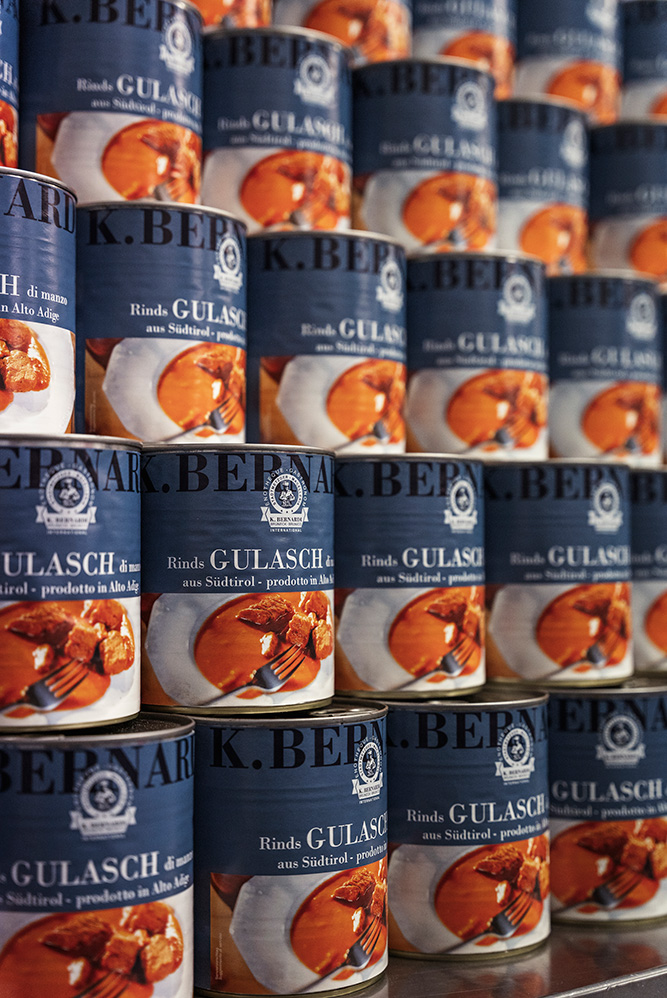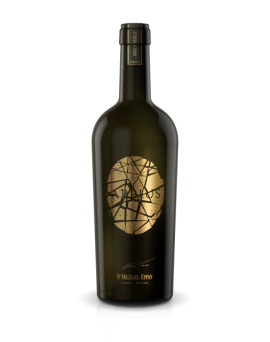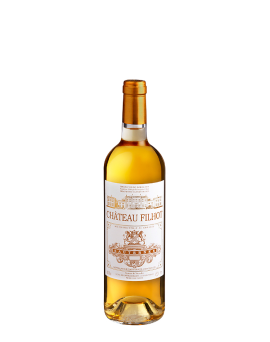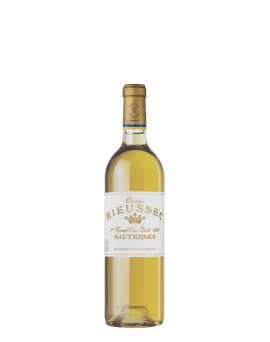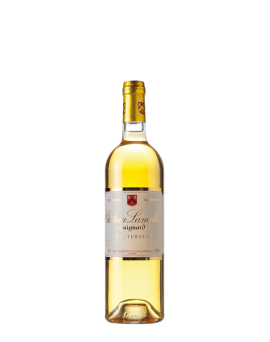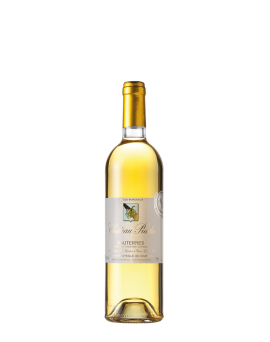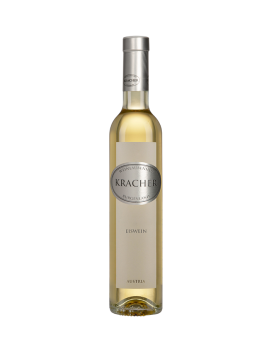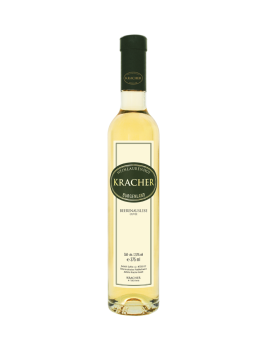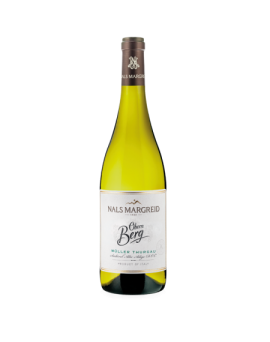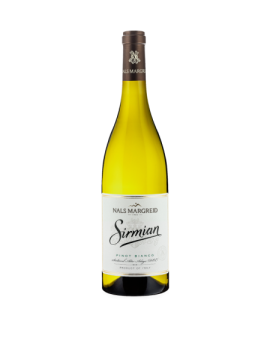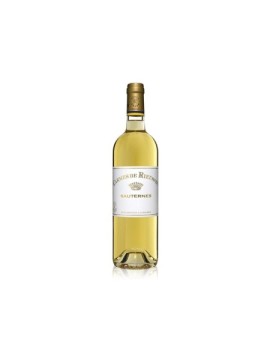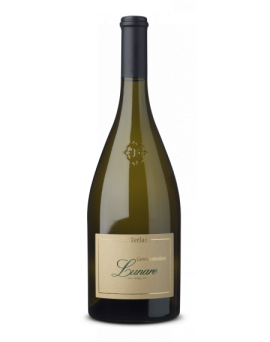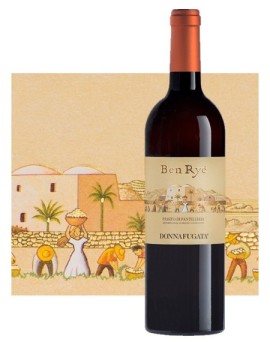Südtiroler Weiß DOC Appius...
Appius<br /><br />2013<br /><br />Also the IV. The fourth edition of APPIUS, Hans Terzer's dream wine, remains true to the principle of its creator: 'to give the best expression to the respective vintage<br />through selection and targeted vinification of excellent grape lots': 2013 was characterised by a relatively late harvest, which brought us fully ripe grapes with very pithy<br />acidity, beautiful fruit and intense aromatics. The Cuvee with a main share of Chardonnay, is combined with shares of Sauvignon Blanc, Pinot Grigio and Pinot Blanc. The<br />result: a multi-layered complex nose with exotic fruit notes such as: Pineapple, papaya, passion fruit, but also hints of Williams pear and apple as well as slightly floral<br />notes. Dense and creamy on the palate with mineral acidity and a never-ending finish. A finesse-rich, elegant, but nevertheless very complex white wine in keeping with the<br />vintage, which promises extraordinary drinking pleasure even after many years.<br /><br />Eye: bright, clear straw yellow with green reflections.<br />Nose: complex scents / aromas of pineapple, papaya, passion fruit.<br />Taste: mineral, complex, immensely long finish<br /><br />Varietal description: Chardonnay (55%), Sauvignon (25%), Pinot Grigio, Pinot Blanc<br />Growing region: Site: selected vineyards in Eppan<br />Exposure: south-east / south-west<br />Soils: Calcareous gravel or moraine debris soils<br />Method of cultivation: Guyot<br />Vine age: 25 to 35 years<br />Harvest: end of September - beginning of October<br />Vinification: Fermentation, malolactic fermentation and ageing in barriques. Assemblage after almost one year and further maturation on the fine lees for three years in steel<br />tanks.<br />Yield: 35 hl/ha<br /><br />Wine data:<br />Alcohol content: 14 %<br />Residual sugar: 3 gr/l<br />Acidity: 5,40 gr/l<br /><br />Drinking temperature: 8-10°.<br />Ageing/potential: 10 years and more<br />Recommended consumption: Appius 2013 is an excellent companion to strong fish dishes such as turbot or monkfish, to a spicy risotto with seafood, but also to wild fowl<br />or discreet veal dishes.<br />
Price
€289.20

